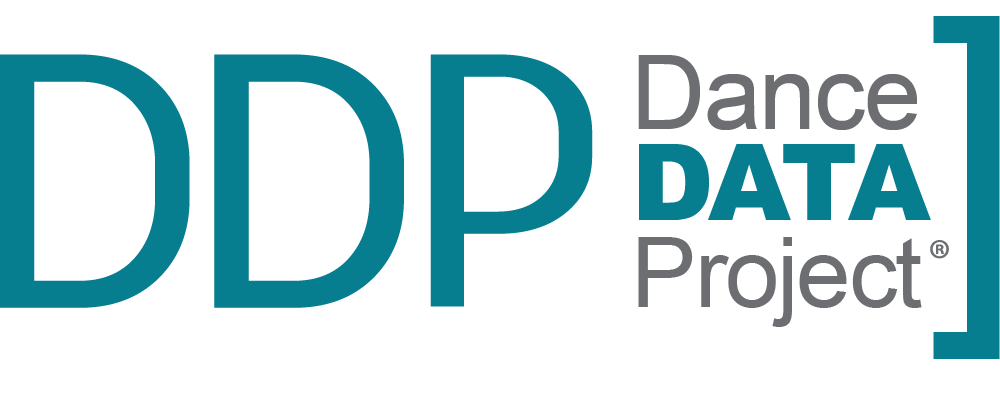By Vivien G. Fryd
19 March 2019
The #MeToo movement has had a sweeping effect on politics, organized religion, educational institutions, Hollywood, sports and the military.
The cultural prominence of rape and sexual assault might be new. Efforts to bring attention to the issue, however, are not.
Beginning in the 1970s, a group of female artists in the U.S. started confronting rape, incest and sexual assault through performances, videos, quilts and other nontraditional media.
By tackling a taboo subject, they were at the forefront of raising public awareness of these issues. In my new book “Against Our Will: Sexual Trauma in American Art Since 1970,” I detail how their relentless efforts to end the silence surrounding sexual violence against women reverberates in the #MeToo movement today.
The ‘heroic’ rapes of the Renaissance
When these feminist artists emerged, they sought to counter what art historians call “the heroic rape tradition of Western art.”
Beginning in the Renaissance, this tradition involved artists’ rendering assault, rape and murder against women with a patina of beauty and heroism that masked the reality of the violence.
Read the full article on The Conversation.

 New York Times: Dance Luminaries Weigh in on the Conspicuous Absence of Female...
New York Times: Dance Luminaries Weigh in on the Conspicuous Absence of Female...
Leave a Reply
Want to join the discussion?Feel free to contribute!